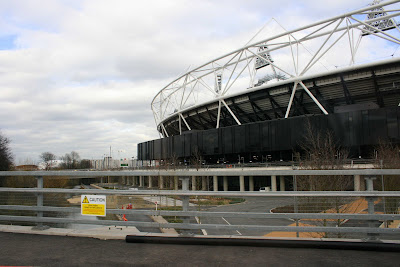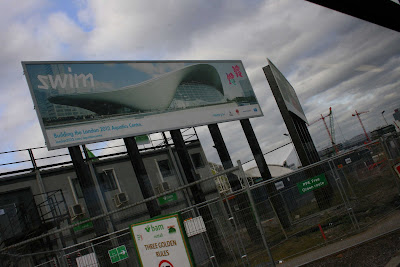It seemed appropriate that in the absence of any recent blog posts, that I should post a little bit about what I’ve been up to instead. Below is the abstract of my recent planning MSc dissertation. If you’d like any further information, please give me a shout, but fingers crossed there will something published from it soon.
“The study investigates whether the emerging theory and practice of Landscape Urbanism, offers a better model for bottom-up regeneration of post-industrial, urban England in the current economic climate of austerity, through the consideration of a Digbeth case study.
Landscape Urbanism offers an alternative approach to development, advocating landscape rather than building as the key organising element within a city. Where early Landscape Urbanism exemplars have arisen from large, top-down developments in North America, it is envisaged by Waldheim (2006) amongst others, that the approach can be applied more widely and as a means to engender bottom-up development.
A Literature Review investigated the practice of Landscape Urbanism, and its place amongst planning theory. In parallel to this, the more recent regeneration initiatives of “Urban Renaissance” were also reviewed, and problems with this approach identified. Further research into Government policy, the economic climate and other emerging issues, were carried out to locate the research within a contemporary, critical context.
The former industrial area of Digbeth in Birmingham is used as a case study for the research, being representative of both the planning and development context of the English city, but sharing the post-industrial context of earlier North American Landscape Urbanism case studies. The study worked alongside the community groups of Digbeth to establish a more appropriate means of regeneration
The study used qualitative data, gleaned from an online survey and one to one interviews, to identify stakeholder aspirations and reactions to a Landscape Urbanism regeneration approach. Whilst, an investigation of the local development context and reviews of established Landscape Urbanism case studies, were used to inform these stakeholder interviews and to establish the feasibility of the approach.
The study finds that there was a strong aspiration amongst stakeholders for a Landscape Urbanism inspired planning approach, however it also identified potential opportunities and barriers for implementing this. By comparison, the more top-down approach offered by BCC’s Big City Plan, was found to be based on a flawed model. It is concluded that there is good evidence to indicate that in the current economic and political climate, Landscape Urbanism does offer a more appropriate means of regenerating, post-industrial urban England.”





















































